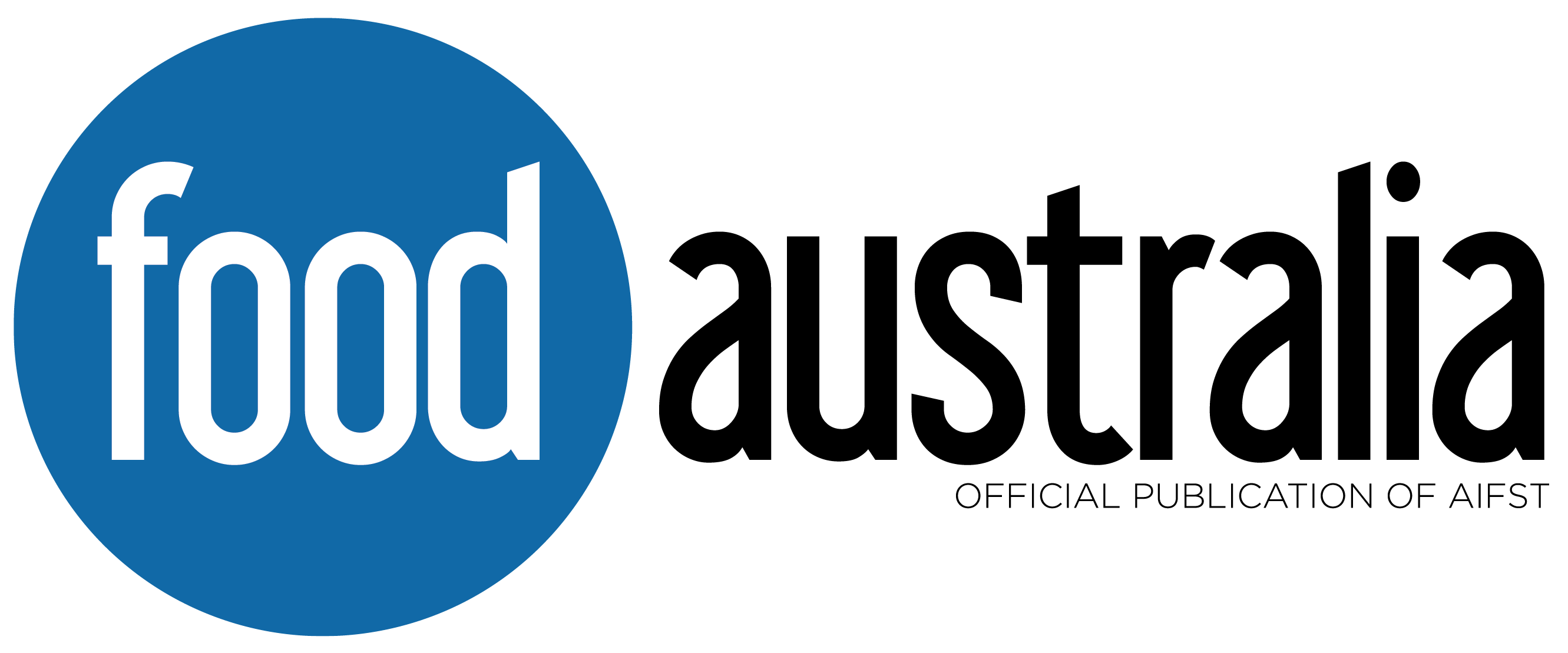SENSORY & CONSUMER SCIENCE
- Home
- Sensory & Consumer Science
SENSORY and CONSUMER SCIENCE As the name suggests, this is a branch of science that deals with two major subject areas. Sensory Science is generally described as a scientific discipline used to evoke, measure, analyze and interpret reactions to those characteristics of foods and materials as they are perceived by the senses of sight, smell, taste, touch and hearing. Sensory Science also encompasses the development and application of methodologies that help us understand if specific intensities of stimuli can be perceived and if differences between intensities can be detected. This ability has become very important to us in many quality control and quality auditing programs where we need to ensure that such things as the level of a flavour in a product is always what consumers expect it to be. Other examples of this are: making sure a packaging closure is firm enough to provide a safety seal but not so firm that it cannot be opened, ensuring potato chips maintain the expected level of crispness over the declared shelf-life. These types of applications often involve the use of a trained panel operating like a machine to pick up differences from a pre-determined target over a range of product attributes. Sometimes, but not always, these measurements can be made by machines. Another situation that commonly occurs is when a product process or ingredient needs to be changed for whatever reason, and the manufacturer needs to ensure that customer and consumer cannot perceive a difference between the new and old products. The tools can also be used to help identify how to change a product to make a product more liked. In this situation, a combination of trained panel and a consumer panel may be utilised. |
|
Consumer Science focuses on consumers, on how and why they choose and use products. It explores consumer liking, emotions and behaviours when interacting with products and product attributes. Its greatest application is providing guidance in the development of new products and the modification of existing products, in order to ensure that the products are going to be well liked and therefore consumers will buy them more, or more often.
Consumer Science can employ a wide range of methods including some of those used in Sensory Science. Early in the development process, qualitative methodologies can be used to understand the appeal of product concepts (possibly generated from studying trends) and prototypes. These methodologies include such things as focus groups where a moderator will gather responses from small groups of targeted consumers/shoppers. It can also involve observation of consumer behaviours when interacting with products. Observations can, at times, be made within the home as products are being used by consumers. In this way suggestions for changes to improve product concept and prototype appeal and functionality can be gained.
Trained panels are used in Consumer Science studies as well as panels of untrained targeted consumers. Trained panels can be used to develop sensory profiles of products and can also help validate that desired attribute changes to product have been made without developing undesired changes in others. Consumer panels are used to assess consumer (the end user) responses to prototypes in product development and potential competitors products as well. Responses such as appeal/liking of concept and prototypes, purchase intent (concept and prototypes), how well prototypes match concept, how well attributes are liked and match consumer expectation, what emotions consumers feel about the product experience. The data can be analysed statistically to give guidance on optimisation and estimate likelihood of in-market success, ultimately helping with decisions to launch a product or not.
| Created by | Title | Link |
| VIC Department of Education | Contemporary food fads, trends and diets | https://fuse.education.vic.gov.au/ResourcePackage/LandingPage?ObjectId=579c849d-4d72-4b8a-9ef5-15413b0afeac&SearchScope=Secondary |
| CSIRO | Taste & Learn™ | https://www.csiro.au/en/education/Resources/teacher-resources/Taste-and-Learn |
| AIFST | What do sensory & consumer scientists do? | Food Australia -July- Sept 2023 - What do sensory & consumer scientists do? |

